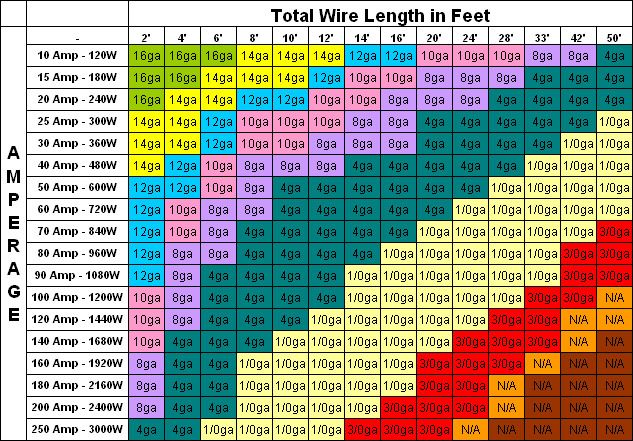First time boat owner with a question on connecting the trolling motor to the battery. I'm pretty handy with quite a bit but electric is not my thing so i'm real ignorant with this no matter how much I read. The boat is a tracker grizzly mvx. Barebones, nothing in it. I want to bow mount the motor but keep the batteries in the back and I was just going to run the wires through conduit like I've seen and tuck under the rail. I'm looking at a 55# thrust and the manual says 4 AWG wire with a 60amp breaker.
How do I splice the motor battery cable to begin with? Is it as simple as cut battery lug off of motor cable, splice together with wire extension using wire nut, the end of that wire goes into circuit breaker and then a new wire goes from other end of breaker to battery? I think the splicing method is what has me confused.
I was looking at these two products as well. Pretty sure the breaker is correct but is there only one kind of cable or is there special for boat, car etc? Sorry for the most likely common sense questions but I want to be sure before I start snipping Any info or even a link for dummies on the process would be great. Thanks!
Any info or even a link for dummies on the process would be great. Thanks!
https://www.amazon.com/MinnKota-MKR-19-Circuit-Breaker-Waterproof/dp/B001PTHKSK/ref=sr_1_2?ie=UTF8&qid=1456339246&sr=8-2&keywords=60+amp+breaker
https://www.amazon.com/TEMCo-Welding-Battery-Cable-WC0190/dp/B00LIB7XDM/ref=sr_1_4?ie=UTF8&qid=1456339898&sr=8-4&keywords=4+awg+battery+cable
How do I splice the motor battery cable to begin with? Is it as simple as cut battery lug off of motor cable, splice together with wire extension using wire nut, the end of that wire goes into circuit breaker and then a new wire goes from other end of breaker to battery? I think the splicing method is what has me confused.
I was looking at these two products as well. Pretty sure the breaker is correct but is there only one kind of cable or is there special for boat, car etc? Sorry for the most likely common sense questions but I want to be sure before I start snipping
https://www.amazon.com/MinnKota-MKR-19-Circuit-Breaker-Waterproof/dp/B001PTHKSK/ref=sr_1_2?ie=UTF8&qid=1456339246&sr=8-2&keywords=60+amp+breaker
https://www.amazon.com/TEMCo-Welding-Battery-Cable-WC0190/dp/B00LIB7XDM/ref=sr_1_4?ie=UTF8&qid=1456339898&sr=8-4&keywords=4+awg+battery+cable


